7 Reasons to carry a Telephoto Lens on your next Trip
Let face it – we nature photographers love to shoot with wide angle lenses. And there is a very good reason for it. When you arrive at a breathtaking location, you are often so overwhelmed with the sights and sounds that your first instinct is to pull out that wide lens and capture everything around you. So it is no wonder that nature photographer don’t always carry a telephoto lens in their camera bags. However, telephoto lenses have the potential to take your nature photography in an entirely different direction. To effectively use telephoto lenses, you will have to change your mindset and look at things a bit differently.
What is a Telephoto Lens?
A telephoto lens is a camera lens with long focal length. A camera lens with a focal length of 60mm or more is considered to be a telephoto lens. Telephoto lenses come in a variety of focal lengths from 70mm to longer than 400mm. They can be either zoom lenses with adjustable focal length or prime lenses with a fixed focal length.
Telephoto lenses magnify distant objects and bring them closer to your camera. Depending on where you focus, telephoto lenses have a fairly shallow depth of field even at narrow apertures. So the nature photos captured with a telephoto lens often have smooth blurred backgrounds. They’re useful in a variety of situations and can help you take your photography to the next level. Here are a few ideas to help nature photographers make the most of your telephoto lenses.
#1 – Wildlife Photography with Telephoto Lens
I am the first to admit that there are places where you can get really close to wildlife, such as in a zoo. But it is rare to be able to get close to wildlife in nature. If you really want to pursue wildlife photography in a natural setting, you need a good telephoto lens. While we do not always shoot wildlife, we will almost always carry a telephoto lens with us just in case an opportunity to capture wildlife presents itself.
This is exactly what happened when we traveled to Costa Rica to create a creative nature photography video tutorial with Lensbaby lens. The abundance of magnificent birds in Costa Rica made it hard for a landscape photographer to not pull out their telephoto lens for wildlife photography. Sometimes, when we are travelling to a location like Costa Rica and we know that there is potential to shoot wildlife, we rent a good quality telephoto lens just so that we don’t miss any opportunity that may pop up.
Keep in mind that capturing wildlife photos with a telephoto lens is not easy and requires you to overcome a number of different challenges. Two of the most common challenges faced by nature photographers are how to get a focus lock on fast moving wildlife and how to capture sharp photos. Varina used an auto-focus mode and small focusing area to get a focus lock on the hummingbird’s head and a fast shutter speed to freeze their motion.
#2 – Landscape Photography with Telephoto Lens
When we were in Peru, we could see the mountains all around us. Every once in a while, a storm would roll in and create some breathtaking light among the surrounding mountains and valley. These storms and light would be fleeting. They were there one moment but within minutes, would vanish. There was almost no opportunity for us to drive to the location before the storm light disappeared. So the obvious choice was to use a telephoto lens to capture the distance vista.
Telephoto lenses can also be used to capture a scene that is located on private property, objects that are out of reach (such as objects on the side of a cliff), or even some fantastic aerial photos.
We always use a sturdy tripod and good quality ball head to capture distance vistas like these. In addition we also make sure that we use fast shutter speed if we are photographing in windy conditions. Fast shutter speed will allow us to overcome small motions of the telephoto lens due to wind gusts and capture stunning sharp photos.
#3 – Macro photography with Telephoto Lens
When we think about small subjects, we immediately think about macro photography. But there are subjects that are large enough to be captured by a long lens. Any subject that does not require 1:1 magnification can be captured by your long lens. Here are a few examples of small subjects captured with a long lens.
Some living subjects, like this gecko in Hawaii, are hard to photograph because they are scared of humans approaching too closely. For these subjects, a long lens allows you to stand away from and capture your subject without disturbing them.
#4 – Explore Creativity with a Telephoto Lens
When we arrived at Artist Paint Pots in Yellowstone National Park, I asked the students to get ready to shoot. One of the students asked, “Should I used my Canon 16-35mm or my Canon 24-70mm wide angle lens?” We explained to the student that we were at Artist Paint Pots in the middle of the day to capture some beautiful abstracts with our long lenses and showed them an example we had taken earlier. Our students spent the next two hours trying to capture some fantastic abstracts of mud as it exploded at this beautiful location.
Not only did this location required us to look at things creatively, but you had to use creative thinking to overcome technical challenges such getting everything sharply in focus, freezing motion, and dealing with an incredible short window of time to capture an exploding bubble.
#5 – Isolate Your Subject
Telephoto lenses tend to have an incredibly narrow depth of field. While this can be challenging if you are trying to get everything sharply in focus, it can be very useful to isolate your subject from your background.
Here is a shot that Varina took in Colorado with a long lens to isolate this aspen using a shallow depth of field. She used fall foliage and other aspens as her backdrop to give this image a sense of time and place. You can also use the shallow depth of field to isolate wildlife, flowers, and other small subjects from the background.
#6 – Change Your Perspective
It is a well known fact that telephoto lenses amplify distant objects. You can use this to change the perspective in your nature photos. We often use telephoto lenses when we want to magnify the distance objects for nature photography.
While photographing this church at a remote location in Iceland, I used a long lens to magnify the mountain behind the church. This allowed me to isolate the bright church against the dark mountain behind it.
This quality of magnifying distance objects using telephoto lenses can be an excellent creative asset. We have used it to include the moon in our landscape photos, create panoramas, fill the frame with passing storms, and more.
Here is another example from Iceland where I used a long lens to create a panorama from this mountain range.
#7 – Shoot at All Times of the Day
Depending upon the subject matter, you can be out shooting with a telephoto lens any time of the day. We captured both the abstract from Yellowstone National Park and the wildlife photos from Costa Rica at midday. The narrow field of telephoto lenses, combined with the small size of the subjects, made it easy to find subjects that were evenly-lit, even during the midday. Having telephoto lenses in our camera bag meant that our time on location was utilized much more efficiently and we were able to come away with some fantastic photos that our wide angle lenses would not be able to capture.
While telephoto lenses can be highly effective for nature photography, they are not always easy to use. They come with their own set of challenges that must be overcome to produce sharp standout photos. Our Telephoto Lenses for Nature Photography Tutorial shows you how to overcome challenges, be creative, and fill your portfolio with awe-inspiring photos.
So… the next time you are traveling for a nature photography workshop or visiting a location where there is abundant wildlife, make sure to bring your favorite telephoto lens with you.

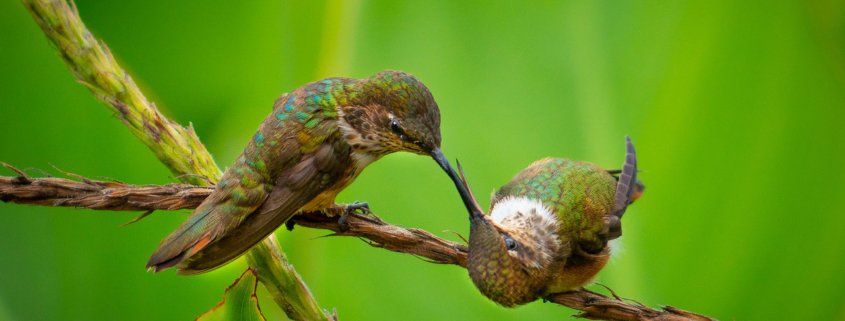

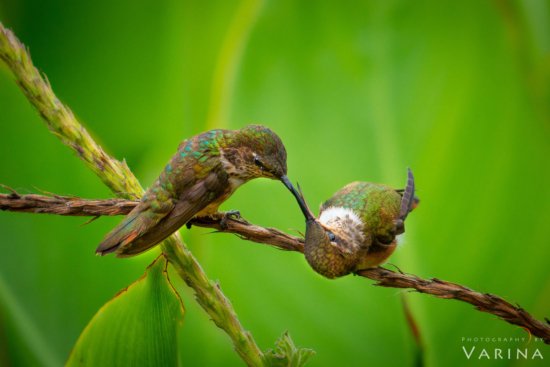



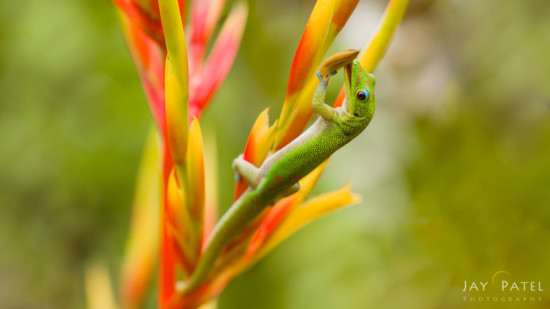

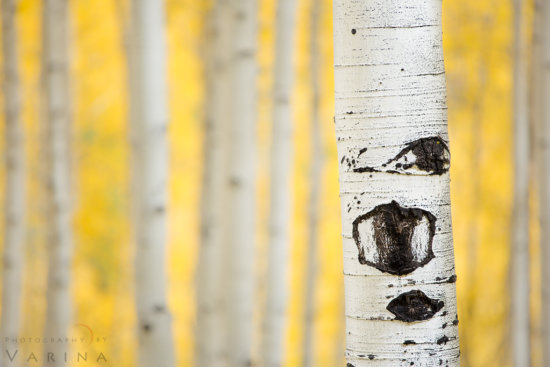
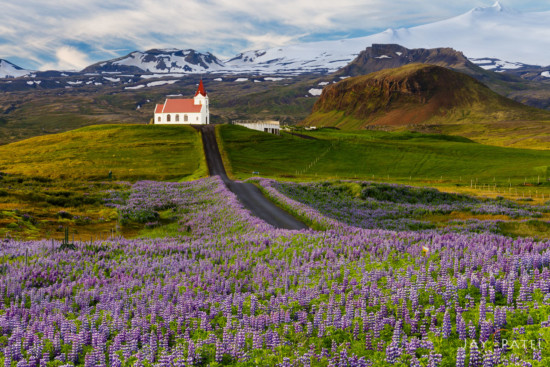

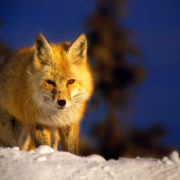

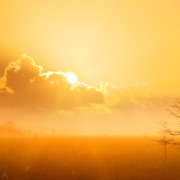
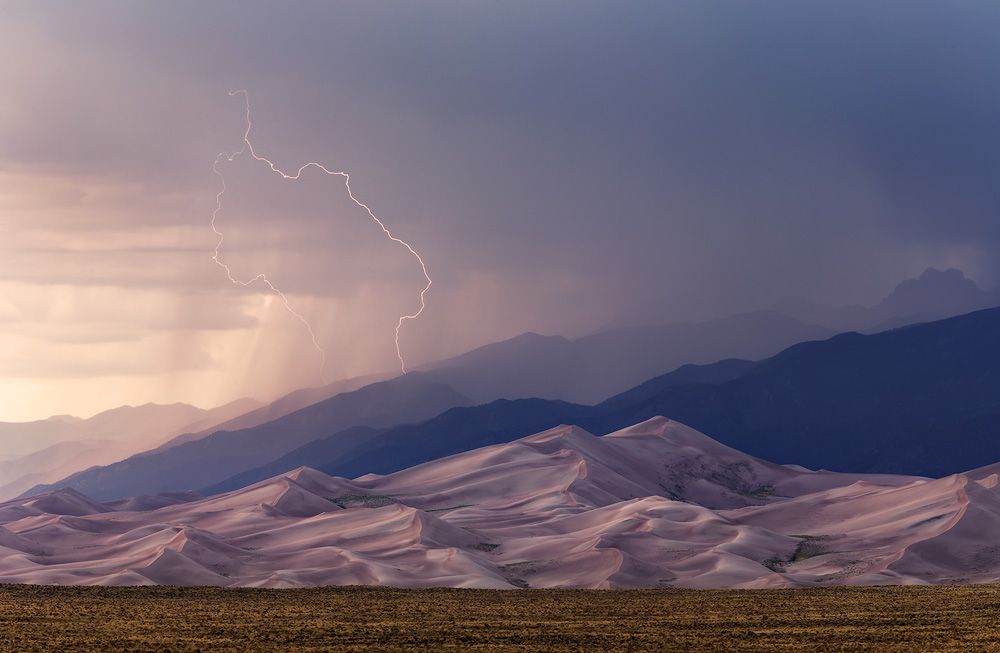


Thanks Jay, great article and wonderful photos. I think my favorite was #6 Change your Perspective.
Thanks…I will often explore the location with a telephoto lens attached to my camera and look through it just to what I can come away with. ;)